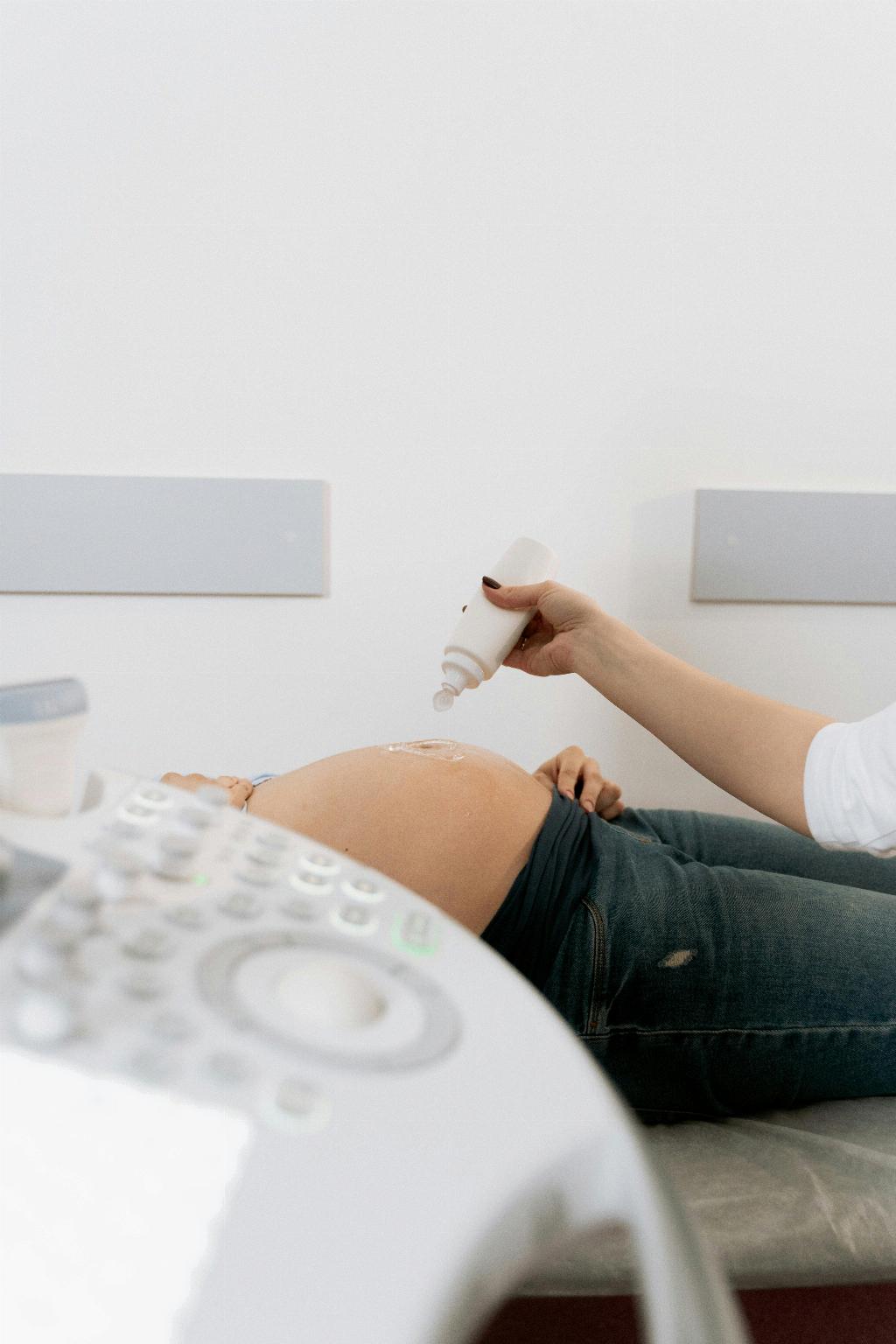When it comes to early pregnancy complications, distinguishing between a chemical pregnancy and a miscarriage is crucial. Here’s a detailed look at the key differences between these two events:
Defining Chemical Pregnancy
A chemical pregnancy, often referred to as a biochemical pregnancy, occurs shortly after fertilization and implantation. Typically, this type of early pregnancy loss happens within the first five weeks of gestation. Despite the presence of hCG (human chorionic gonadotropin) in the bloodstream, the pregnancy does not develop further.
Identifying Miscarriage
In contrast, a miscarriage can occur at any stage of pregnancy but is most common before the 20th week. It involves the spontaneous loss of the fetus before it reaches a viable gestational age. Miscarriages can happen due to a variety of factors, such as genetic abnormalities, hormonal issues, or uterine problems.
Timing of Occurrence
One of the primary distinctions between a chemical pregnancy and a miscarriage is the timing of the events. A chemical pregnancy typically occurs around the time of the expected menstrual period, leading some women to mistake it for a late period. On the other hand, a miscarriage usually manifests with more pronounced symptoms and physical discomfort.
Symptoms and Signs
For many individuals experiencing a chemical pregnancy, the only visible signs may be light bleeding and mild cramping, similar to a normal menstrual cycle. This can make it challenging to recognize the loss of pregnancy at such an early stage. In contrast, a miscarriage often involves more intense bleeding, severe abdominal pain, and tissue passing.
Diagnosis and Confirmation
Both a chemical pregnancy and a miscarriage can be diagnosed through hCG blood tests and ultrasound examinations. In the case of a chemical pregnancy, hCG levels may rise initially but fail to double as expected in a healthy pregnancy. In a miscarriage, ultrasound imaging may reveal an empty gestational sac or other abnormalities.
Emotional Impact
While the loss of a pregnancy at any stage can be emotionally challenging, the emotional impact of a chemical pregnancy versus a miscarriage may vary. Some individuals might experience feelings of confusion, grief, or guilt after a chemical pregnancy, given the early nature of the loss. A miscarriage, on the other hand, often involves a more profound sense of loss and mourning.
Treatment and Follow-Up
After experiencing a chemical pregnancy, medical intervention is typically not necessary, as the body can often expel the uterine contents naturally. However, in the case of a miscarriage, healthcare providers may recommend monitoring hCG levels, performing a dilation and curettage (D&C) procedure, or offering emotional support and counseling.
Recurrent Pregnancy Loss
Individuals who have had multiple chemical pregnancies or miscarriages may be diagnosed with recurrent pregnancy loss. In such cases, further medical evaluation, including genetic testing, hormone assessments, and uterine assessments, may be recommended to identify potential underlying causes and explore treatment options.
Coping Strategies
Regardless of whether one experiences a chemical pregnancy or a miscarriage, the process of coping with the loss and grief is essential. Seeking support from loved ones, mental health professionals, or support groups can help individuals navigate the emotional challenges associated with pregnancy loss and move forward with healing.
Conclusion
In summary, while both chemical pregnancies and miscarriages involve the loss of a pregnancy, they differ in terms of timing, symptoms, emotional impact, and management. Understanding these differences can empower individuals to seek appropriate care, support, and resources during their journey of pregnancy loss and grieving.

